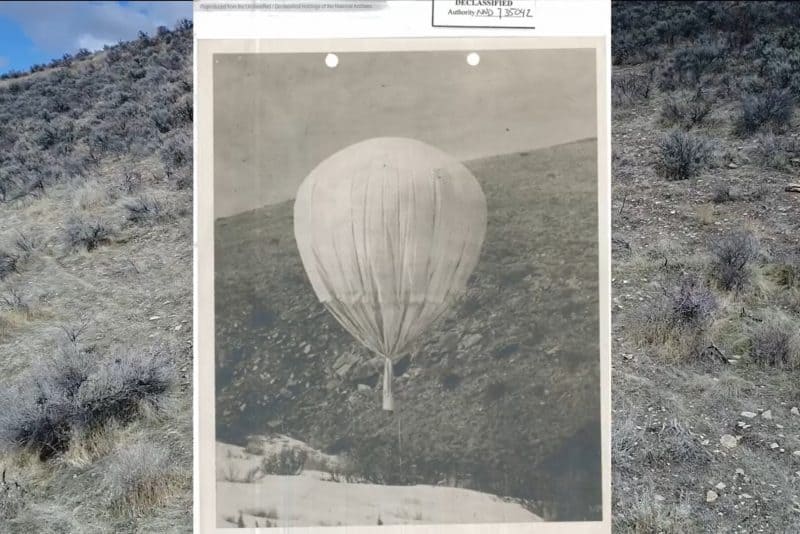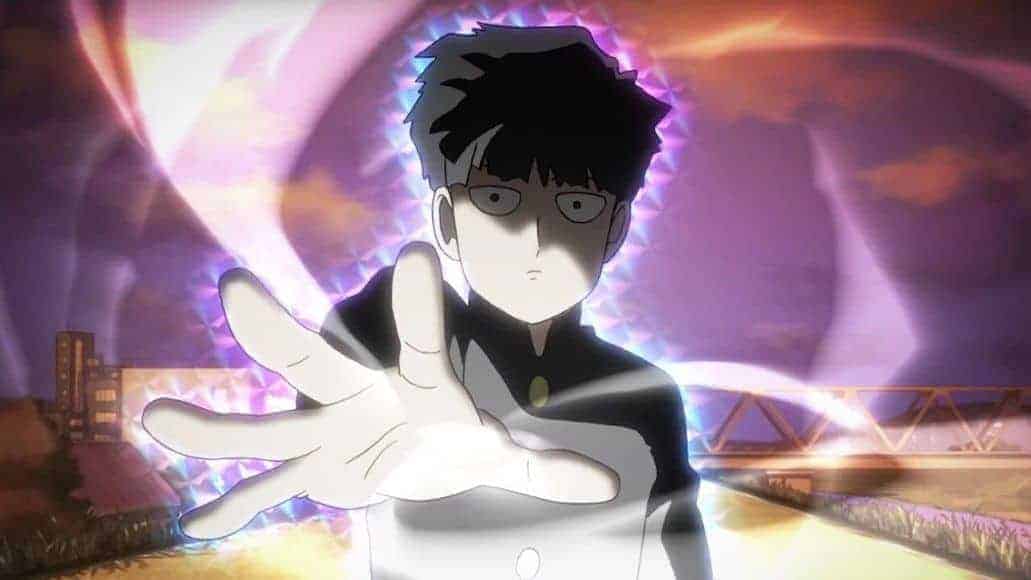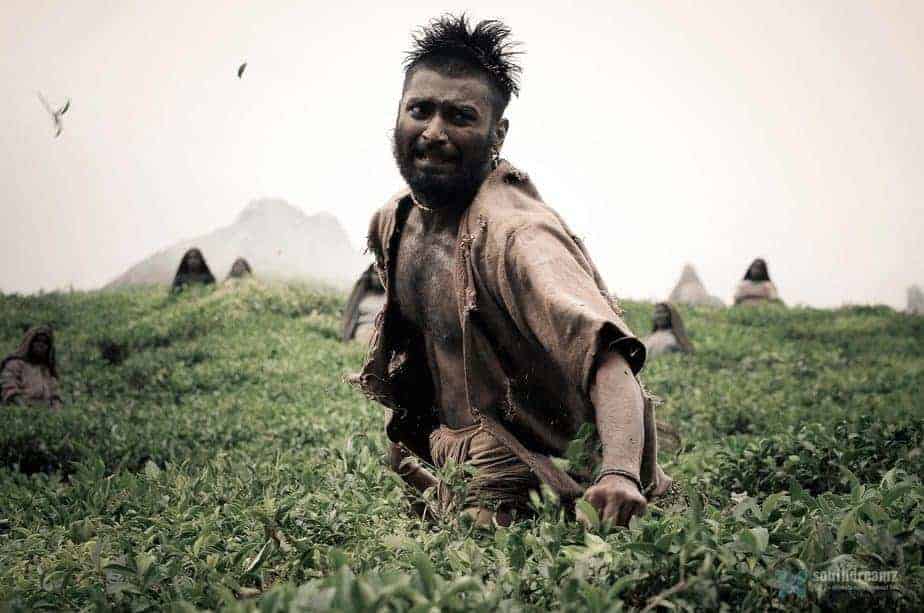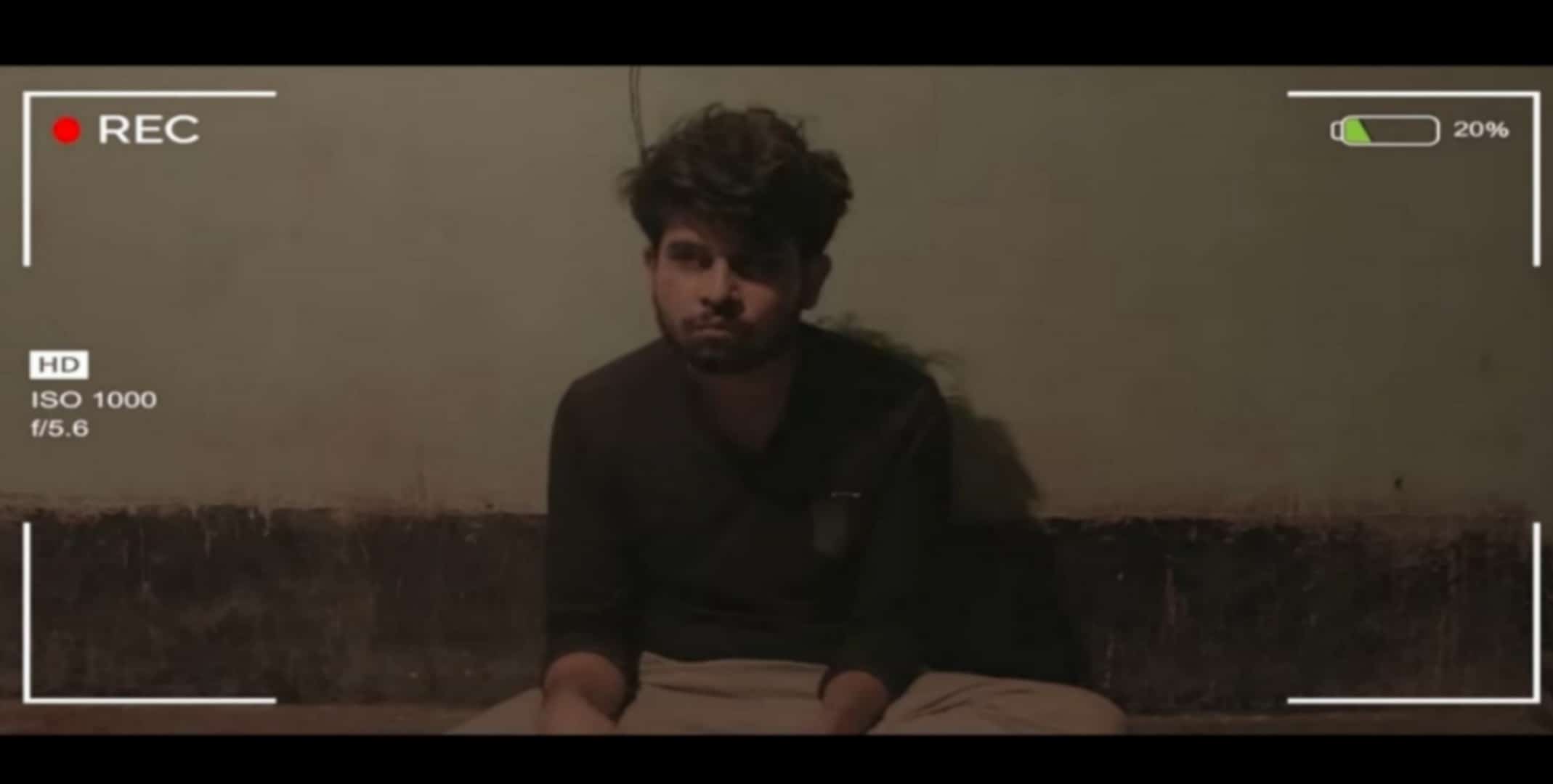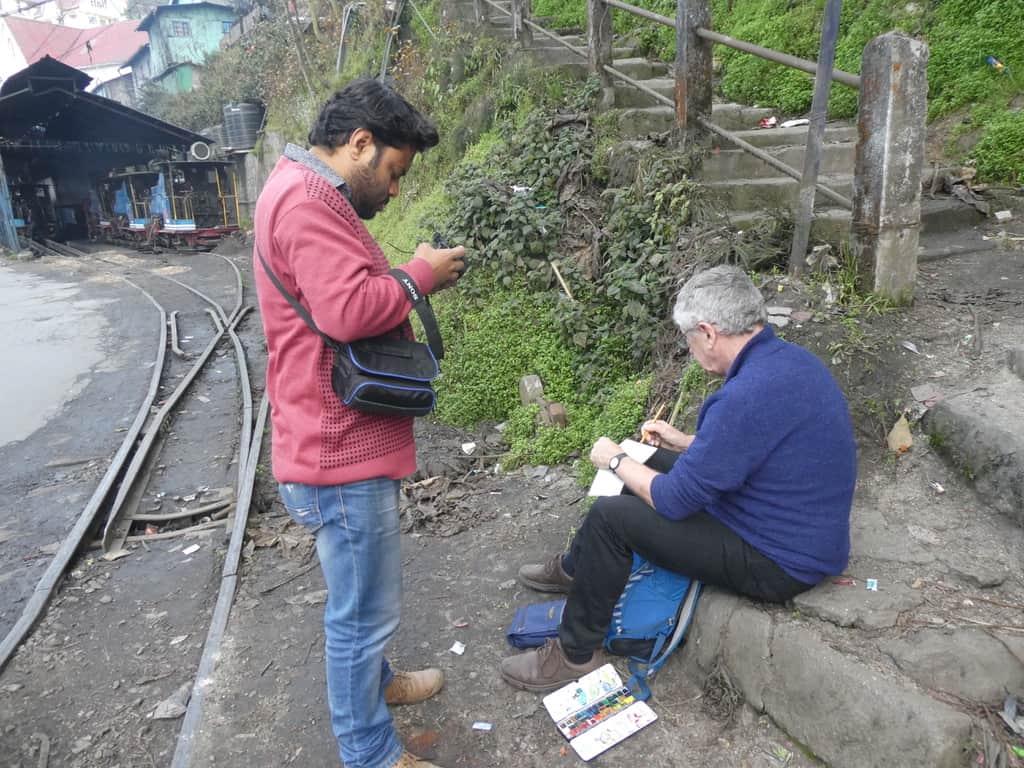A brief exploration of the Japanese ‘balloon bombs', an operation which saw hundreds of balloons aimed at US soil from Japan in an attempt to cause harm and chaos, is explored through first hand accounts, shared documents, and interviews. Additionally, and in a rather peculiar tone, the follies of the operation are explained by a bat who conveys the desire of humans to expand their vision to mimic what they see in nature and read about in legends.
Blind Bombing is Screening as part of Japan Cuts Festival of New Japanese Film
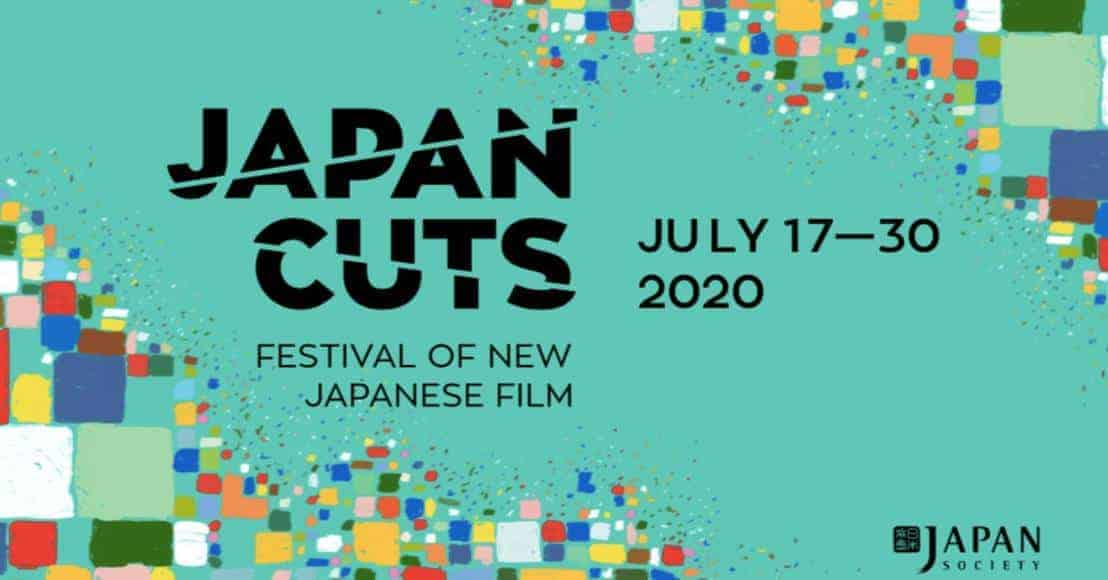
In shedding light on the ‘blind bombings” operations from Japan, the documentary quickly and notably taps into the absurdity of the logistic behind and why it has remained a secretive affair. As the documentary unravels, it offers more reasonable explanation. However, to offer a short summary; it was a complete failure that embarrassed the Japanese and U.S. did not want to frighten its citizens. Working off of this ineptitude and fear, the short doc chronicles the history of the the floating bombs as a strange exploration and a practice in trying to make sense of absurdity.
Adding to the strange curiosity around the situation, the narrative is partially conveyed from the perspective of a bat. This approach may sound too absurd in a factual account. However, the choice injects a degree of charm by adding an interesting perspective on the human desire to project sight in ways unavailable to them (artificially or metaphorically). Additionally, there is a reference to a specific Yokai (traditional Japanese monster) which appears human but has eyes located in their palms. The depiction of this monster further reflects the desire to be able to see upon our regular perception and how it may have lead to the concepts of blind bombing in the face of making no logical sense. The comparison to animals and monsters relates an odd relationship that people can have with the real and imagined world, and the desire to want to do the impossible.
Visually, the production is of mixed quality, with certain scenes having much visual flair and presence. Some of the strongest images come via drown shots, that over a great landscape view of various locals. These scenes, besides being aesthetically pleasing, act to map out the locations where bombs were previously found, adding additional intrigue. Adversely, the interviews are recorded with lo-fi equipment (audio and video) which makes the documentary feel dated at points. In spite of the contrast, the additional use of actual documents and varied locations does offer an engaging experience.
Looking at the actual information provided in the documentary, there appears to be a lack of information that underlines the production. That is not to say that the information provided itself is unsubstantial, but many details seemed overlooked in favor of metaphorical storytelling. To the credit of director Kota Takeuchi, the film is often screened with Q&A along with a showcase of some of the documents featured. This leaves the impression that viewing the documentary with the chance to further explore and discuss would be an ideal way to experience the film. However, as a singular experience, it is a bit disheartening being left wanting to know much more and have few resources available to self educate.
“Blind Bombing” is an odd documentary, in both structure and narrative, with many of the concepts and techniques used within the documentary have the potential to fall into a parody making its content irrelevant through absurdity. However, the aspects of showmanship, factual information and subject matter blend in a way that makes for an entertaining and educational experience. The short may not offer an in depth exploration of its subject, but it is a unique adventure on a truly confounding event that deserves further exploration.


